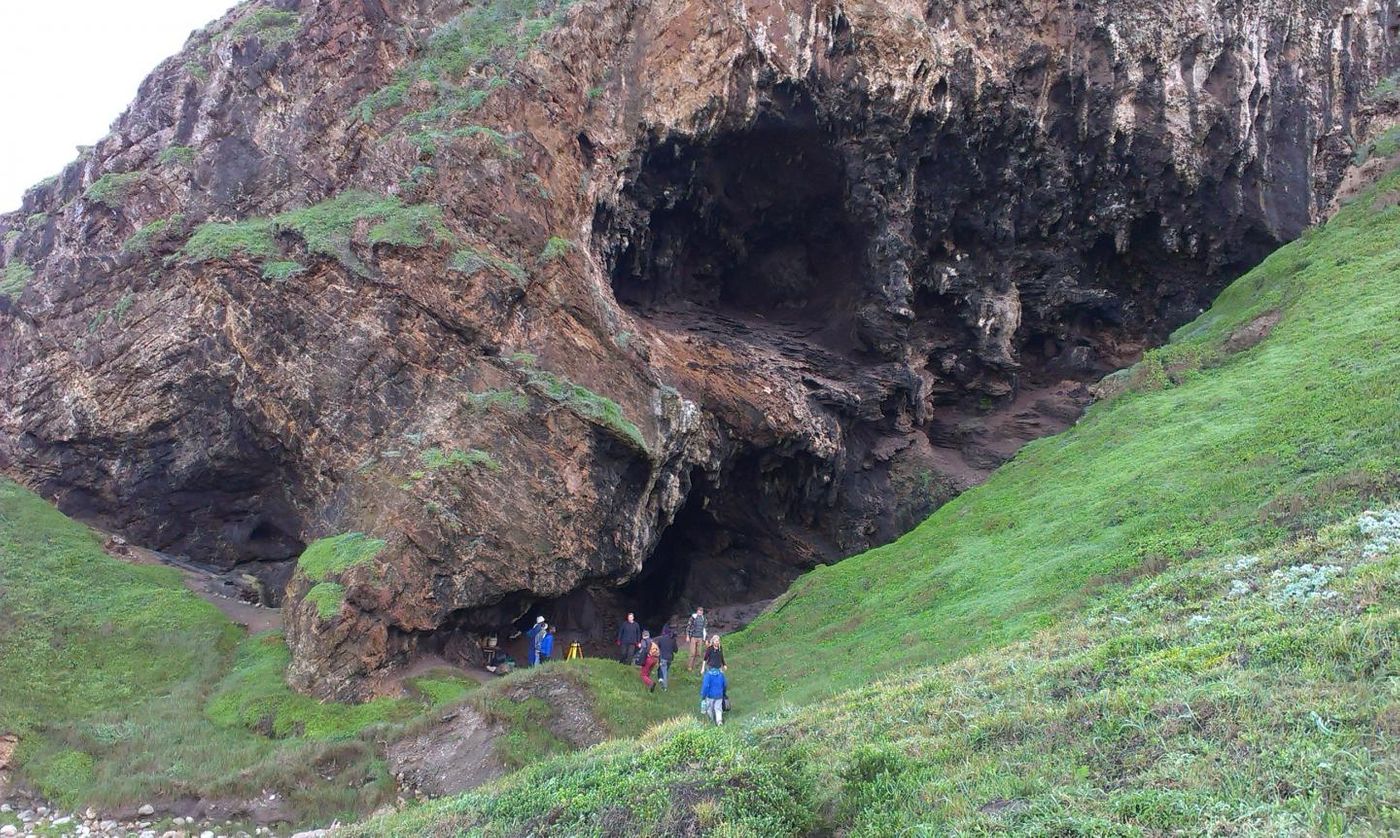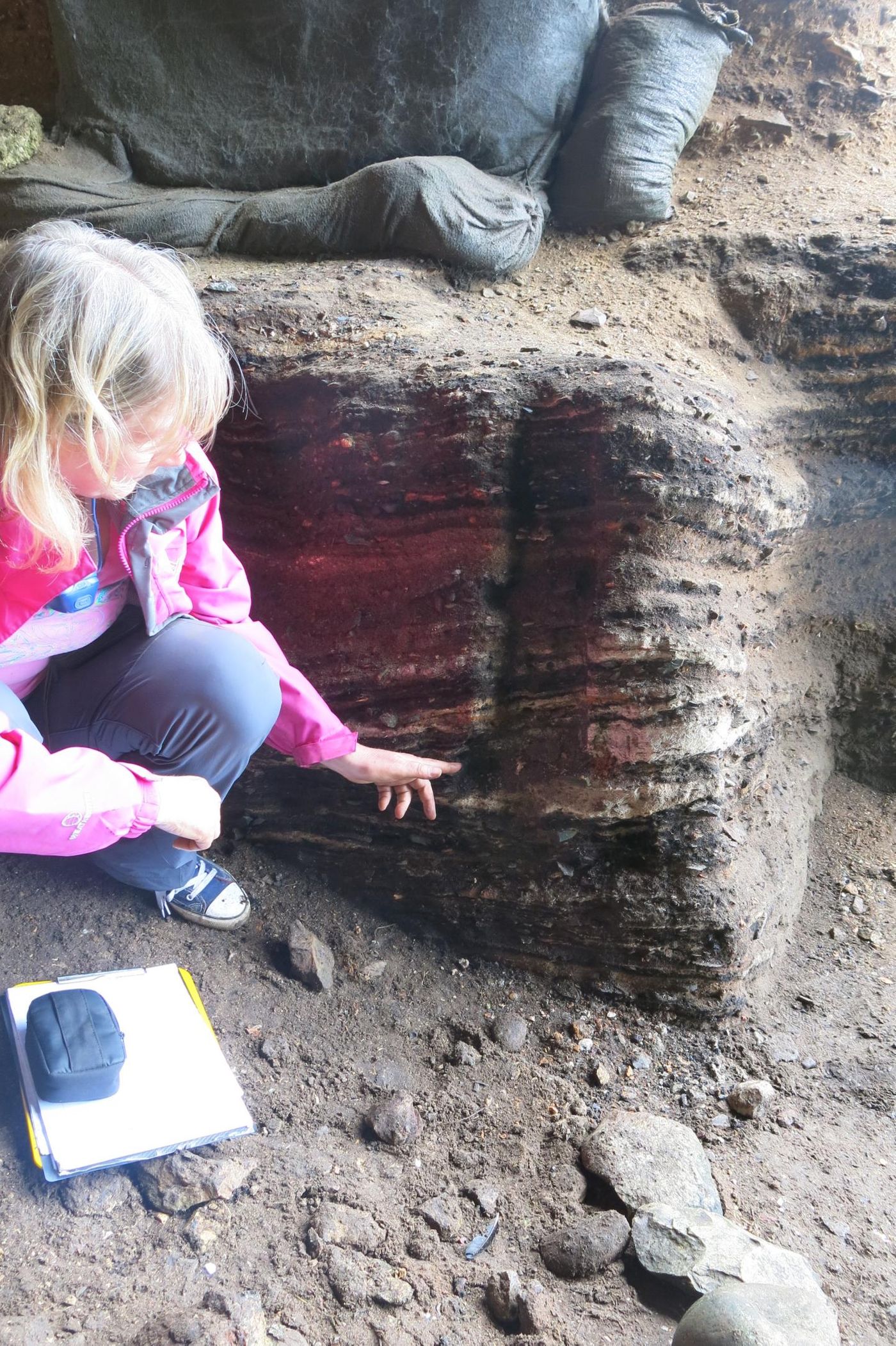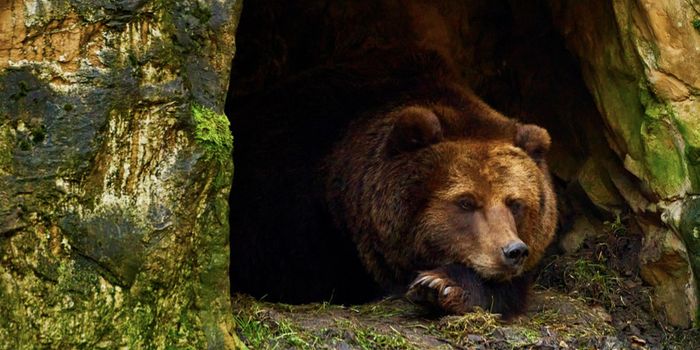Ancient Hearths Reveal Humans' Early Taste for Starch
The Klasies River Cave in South Africa has been the site of many archeological discoveries. It was the place where the remains of food cooked in hearths were first found, showing that as many as 120,000 years ago, humans with modern anatomy were cooking and consuming starch from plant materials like tubers and roots. Now an international team of archeological researchers has uncovered evidence that the duplication of starch digestion genes in the human genome, probably occurred in response to increased amounts of starch in their diet. The findings have been reported in the Journal of Human Evolution.
"This is very exciting. The genetic and biological evidence previously suggested that early humans would have been eating starches, but this research had not been done before," noted the lead author of the study, Cynthia Larbey of the Department of Archaeology at the University of Cambridge.
An interdisciplinary team set out to learn more about how plants and fire influenced humans in the Middle Stone Age. Undisturbed hearths from communities around the Klasies River archaeological site were identified and assessed.
"Our results showed that these small ashy hearths were used for cooking food, and starchy roots and tubers were clearly part of their diet, from the earliest levels at around 120,000 years ago through to 65,000 years ago," said Larbey. "Despite changes in hunting strategies and stone tool technologies, they were still cooking roots and tubers."
The principal investigator of the study, Professor Sarah Wurz from the School of Geography, Archaeology and Environmental Studies at the University of the Witwatersrand in Johannesburg, South Africa (Wits University) suggested that these efforts show how "early human beings followed a balanced diet and that they were ecological geniuses, able to exploit their environments intelligently for suitable foods and perhaps medicines."
Communities in this area were adding cooked tubers and roots to the staples of their diets - proteins and fats from seafood, fish, and fauna. They must have possessed knowledge about their environment, which enabled them to adapt well to their location so long ago. Their activities probably had an impact on their genomes.
Parts of the genome can be duplicated in a phenomenon called copy number variation (outlined in the video). In humans, the area of the genome most associated with CNV is related to starch digestion. The AMY1 gene encodes for an enzyme that helps break starch down. Neanderthal and Denisovans only carry two copies of the AMY1 gene, while modern humans can carry as many as twenty. The researchers suggested that as the number of copies of the human AMY1 gene rose, they did so because of the diet.
"Starch diet isn't something that happens when we started farming, but rather, is as old as humans themselves," noted Larbey. African agriculture began relatively recently, around 10,000 years ago. About 120,000 years ago, humans there were living in small groups.
"Evidence from Klasies River, where several human skull fragments and two maxillary fragments dating 120,000 years ago occur, show that humans living in that time period looked like modern humans of today. However, they were somewhat more robust," added Wurz.
Sources: AAAS/Eurekalert! via Wurz University, Journal of Human Evolution










